MAK, Vienna to reopen permanent carpet gallery in April 2014
The Museum für angewandte Kunst, Vienna (MAK) will reopen its permanent carpet display on Tuesday 8 April 2014. Housed in an architectural ‘spatial concept’ by Viennese interdisciplinary designer Michael Embacher, who took his inspiration from silk, the purpose-built gallery will showcase an array of distinctive, high-quality carpets, most which were part of the Habsburg Imperial holdings, that make this one of the world’s best-known and most valuable collections.
Classical Egyptian, Persian, Turkish and Indian carpets – pinnacles of oriental woven artistry – are the highlights of the new presentation, including the MAK’s famed Safavid hunting carpet, probably woven in Kashan in first half 16th century, a Mamluk carpet from late 15th century Cairo, and a figurative north Indian carpet from the era of Akbar the Great, around 1600.

![Crop[05]-T-8336](https://hali.com/wp-content/uploads/2014/01/Crop05-T-8336.gif)
The Vienna Safavid hunting carpet, Kashan, Central Iran, 1st half 16th century. 687 x 331 cm. Taken over from the Imperial Court in 1922
© Gerald Zugmann/MAK

![Crop[02]-T-8348#7](https://hali.com/wp-content/uploads/2014/01/Crop02-T-83487.gif)
Mamluk carpet fragment, Egypt, Cairo, after the 1st half 15th century. 550 x 227 cm. Taken over from the Imperial Court in 1922
© Lois Lammerhuber/MAK
![Crop[06]-OR-292](https://hali.com/wp-content/uploads/2014/01/Crop06-OR-292.gif)
Mughal pictorial carpet with landscape and pairs of birds, North India, ca. 1600, 233 x 158 cm. Purchased from J. von Wysocki in 1889, taken over from the Royal Austrian Trade Museum in 1907
© Gerald Zugmann/MAK
 The exemplary Middle-Eastern offerings are complemented by a group of knotted-pile French Savonnerie carpets, including one mid-18th century piece that belonged to Emperor Josef II of Austria. Barbara Karl, curator of the MAK Textiles and Carpets Collection explains that the inclusion of these “makes for an aesthetically pleasing demonstration of the interaction between cultures and of various formal developments”.
The exemplary Middle-Eastern offerings are complemented by a group of knotted-pile French Savonnerie carpets, including one mid-18th century piece that belonged to Emperor Josef II of Austria. Barbara Karl, curator of the MAK Textiles and Carpets Collection explains that the inclusion of these “makes for an aesthetically pleasing demonstration of the interaction between cultures and of various formal developments”.
![Crop[10]-T-7787#1](https://hali.com/wp-content/uploads/2014/01/Crop10-T-77871.gif)
Savonnerie Louis XIII-style Table Carpet with Flowers, France, Paris, Manufacture du Louvre or de Chaillot, mid-17th century, 248 x 177 cm
© MAK/Katrin Wißkirchen
The innovative display of the carpets instigated by Embacher takes a departure from the standard wall or floor mounting of the carpets and instead suspends them from thin steel cables, giving the impression they are floating in mid-air. Leaning at various angles toward the visitor, an entirely new perspective on these precious textiles is proffered. A piece of contemporary textile art by Turkish artist Füsun Onur commissioned specifically for the reopening of the MAKs permanent carpet collection and featuring an embroidered angel, references tensions between cultural and religious ideas.
It is not only textiles that are on show, but around 30 three-dimensional objects from the MAK Collection also feature, serving to explore design-related parallels that one can discern between tiles and plates from Iznik, and 16th century Ottoman niche and prayer rugs from Istanbul and Bursa. Also demonstrated are the formal similarities between baroque engravings and the European Savonnerie carpets.

![Crop[03]-T-8327](https://hali.com/wp-content/uploads/2014/01/Crop03-T-8327.gif)
Ottoman court prayer or niche rug, Turkey, Istanbul or Bursa, 2nd half 16th century, 181 x 127 cm. Taken over from the Imperial Court in 1922
© Gerald Zugmann/MAK
MAK Director, Christoph Thun-Hohenstein, describes the museum’s commitment to provide ‘a place of encounter and interactive creativity’, allowing a synergy ‘between applied art and its special architecture and design’. This is the third major reinstallation of a permanent collection at the MAK, Vienna to take place since 2011 under the direction of Thun-Hohenstein following on from that of ‘Vienna 1900’ and ‘Asia’.

![Crop[04]-T-6907#1](https://hali.com/wp-content/uploads/2014/01/Crop04-T-69071.gif)
Ottoman ‘Lotto’ arabesque carpet, Ushak region, West Anatolia, mid-16th century or later, 264 x 165 cm. Purchased in Romania in 1908
© MAK/Georg Mayer
![Crop[07]-T-9026](https://hali.com/wp-content/uploads/2014/01/Crop07-T-9026.gif)
The Clam Gallas Safavid carpet, Esfahan, Central Iran, late 16th century, 540 x 273 cm. Purchased from the family of the former Count von Clam-Gallas in 1941
© Gerald Zugmann/MAK
![Crop[08]-T-8542#1](https://hali.com/wp-content/uploads/2014/01/Crop08-T-85421.gif)
The Figdor Safavid garden carpet fragment, Kerman, South Iran, 1st half 17th century, 191 x 156 cm. Purchased at the Albert Figdor auction in 1930
© MAK/Katrin Wißkirchen

![Crop[09]-T-10512#1](https://hali.com/wp-content/uploads/2014/01/Crop09-T-105121.gif)
‘Chessboard’ or ‘Compartment’ Carpet, Syria or Southeast Anatolia, 16th century, 196 x 140 cm
© MAK/Georg Mayer



![Crop[05]-T-8336#6,-Detail](https://hali.com/wp-content/uploads/2014/01/Crop05-T-83366-Detail.gif)
![Crop[06]-Or-292#2,-Detail](https://hali.com/wp-content/uploads/2014/01/Crop06-Or-2922-Detail.gif)
![Crop[10]-T-7787#4,-Detail](https://hali.com/wp-content/uploads/2014/01/Crop10-T-77874-Detail.gif)
![Crop[03]-T-8327#6,-Detail](https://hali.com/wp-content/uploads/2014/01/Crop03-T-83276-Detail.gif)
![Crop[01]-OR-349#1](https://hali.com/wp-content/uploads/2014/01/Crop01-OR-3491.gif)
![Crop[08]-T-8542#4,-Detail](https://hali.com/wp-content/uploads/2014/01/Crop08-T-85424-Detail.gif)










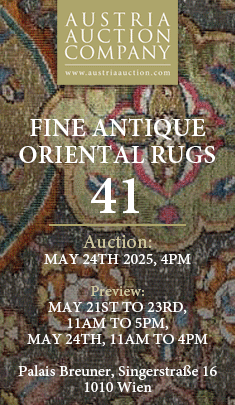
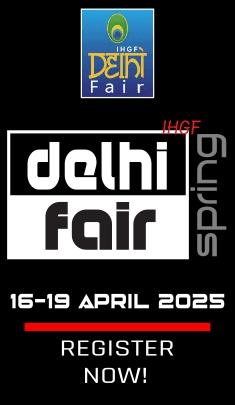
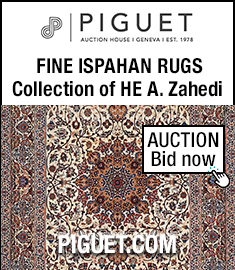
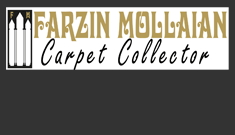
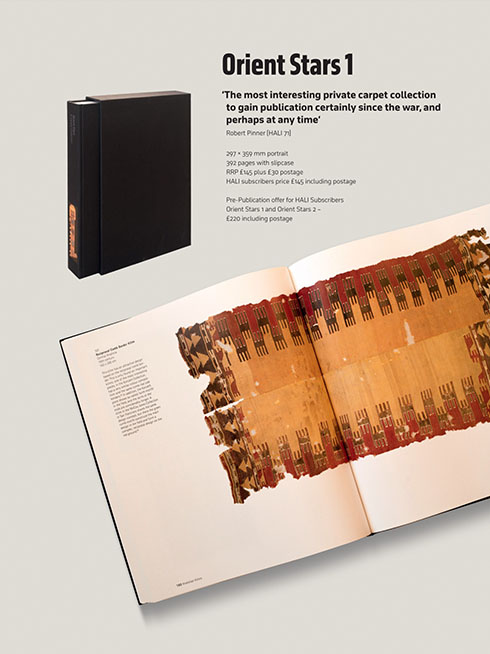
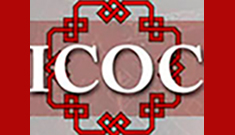
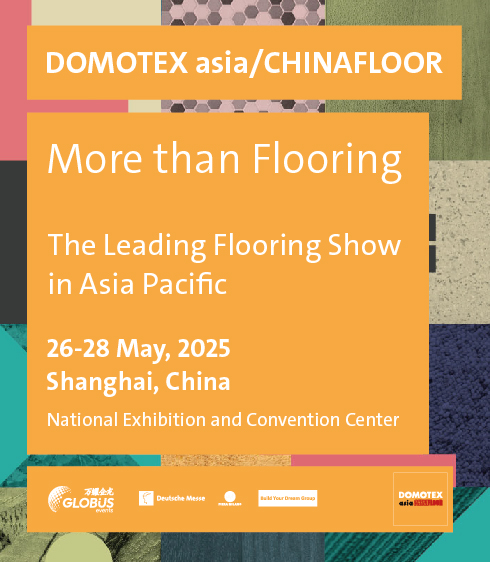

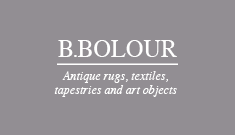
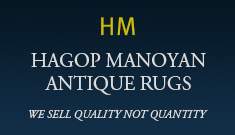

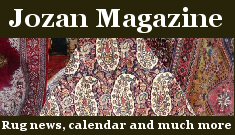
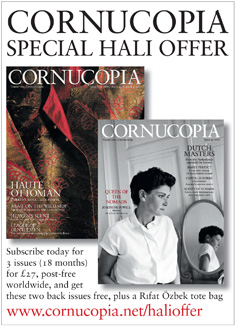

Comments [0] Sign in to comment